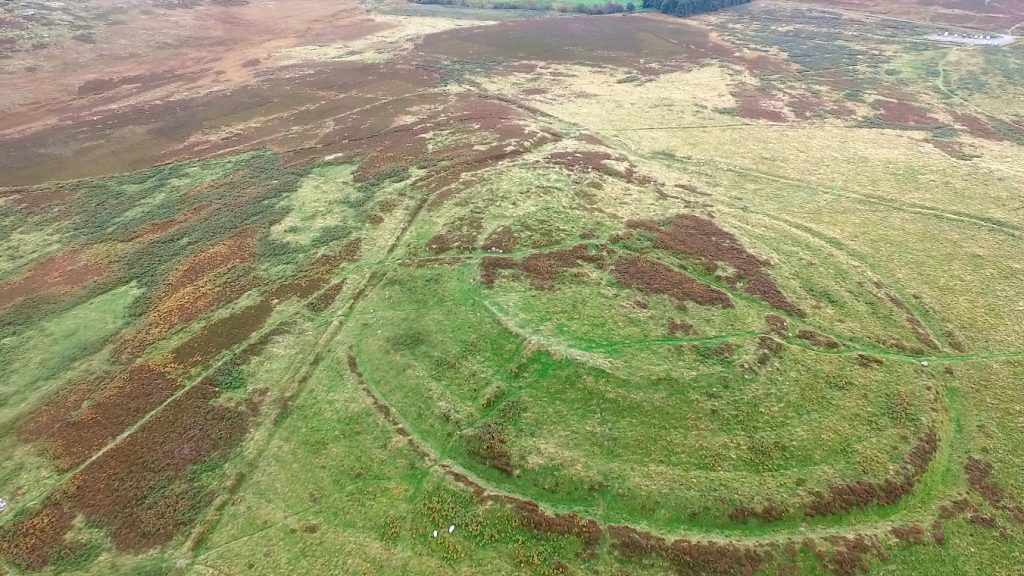Northumberland, with its rich tapestry of history woven into its landscapes, boasts an impressive array of Iron Age hillforts. These ancient structures, perched upon hilltops or nestled within valleys, serve as tangible reminders of the region’s early inhabitants and their way of life. From imposing fortifications to hidden gems waiting to be discovered, Northumberland’s Iron Age hillforts offer glimpses into a bygone era.
One of the most renowned hillforts in Northumberland is Yeavering Bell, located in the foothills of the Cheviot Hills. This substantial fortification occupies a commanding position overlooking the fertile plains of Glendale. Excavations at Yeavering Bell have revealed evidence of extensive settlement activity, including roundhouses, storage pits, and agricultural terraces. The site’s strategic location suggests it may have served as a center of power and administration for the surrounding area.
Further south, atop the craggy outcrop of Humbleton Hill, lies another Iron Age hillfort. With its impressive ramparts and panoramic views of the surrounding countryside, Humbleton Hill offers visitors a glimpse into the defensive strategies employed by ancient inhabitants. Excavations have uncovered evidence of habitation dating back to the Iron Age, shedding light on the daily lives of those who called this hillfort home.
Near the village of Rothbury, on the edge of the Northumberland National Park, stands Lordenshaw Hillfort. Nestled amidst a landscape dotted with prehistoric rock art, Lordenshaw offers a unique glimpse into the spiritual and cultural practices of Northumberland’s ancient residents. The hillfort itself consists of a series of earthworks and ramparts, providing evidence of settlement dating back over two millennia.
Not far from Lordenshaw, the hillfort of Brough Law commands attention with its striking location overlooking the College Valley. Perched atop a windswept ridge, this Iron Age stronghold is surrounded by steep slopes and offers commanding views of the surrounding landscape. Excavations have uncovered evidence of roundhouses and defensive ditches, suggesting it served as a fortified settlement during ancient times.
In the shadow of the Simonside Hills lies the hillfort of Ros Castle, an impressive site with a rich history dating back to the Iron Age. This fortified enclosure, nestled within a natural amphitheater, is surrounded by earthen ramparts and ditches, offering clues to its defensive capabilities. Excavations have revealed evidence of occupation spanning thousands of years, from the Iron Age to the medieval period.
While these hillforts represent just a handful of Northumberland’s Iron Age sites, they provide invaluable insights into the region’s ancient past. From their strategic locations atop hills and ridges to their intricate defensive features, these forts offer a window into the lives of Northumberland’s early inhabitants. As guardians of the landscape, they stand as testament to the resilience and ingenuity of those who shaped the history of this ancient land.



